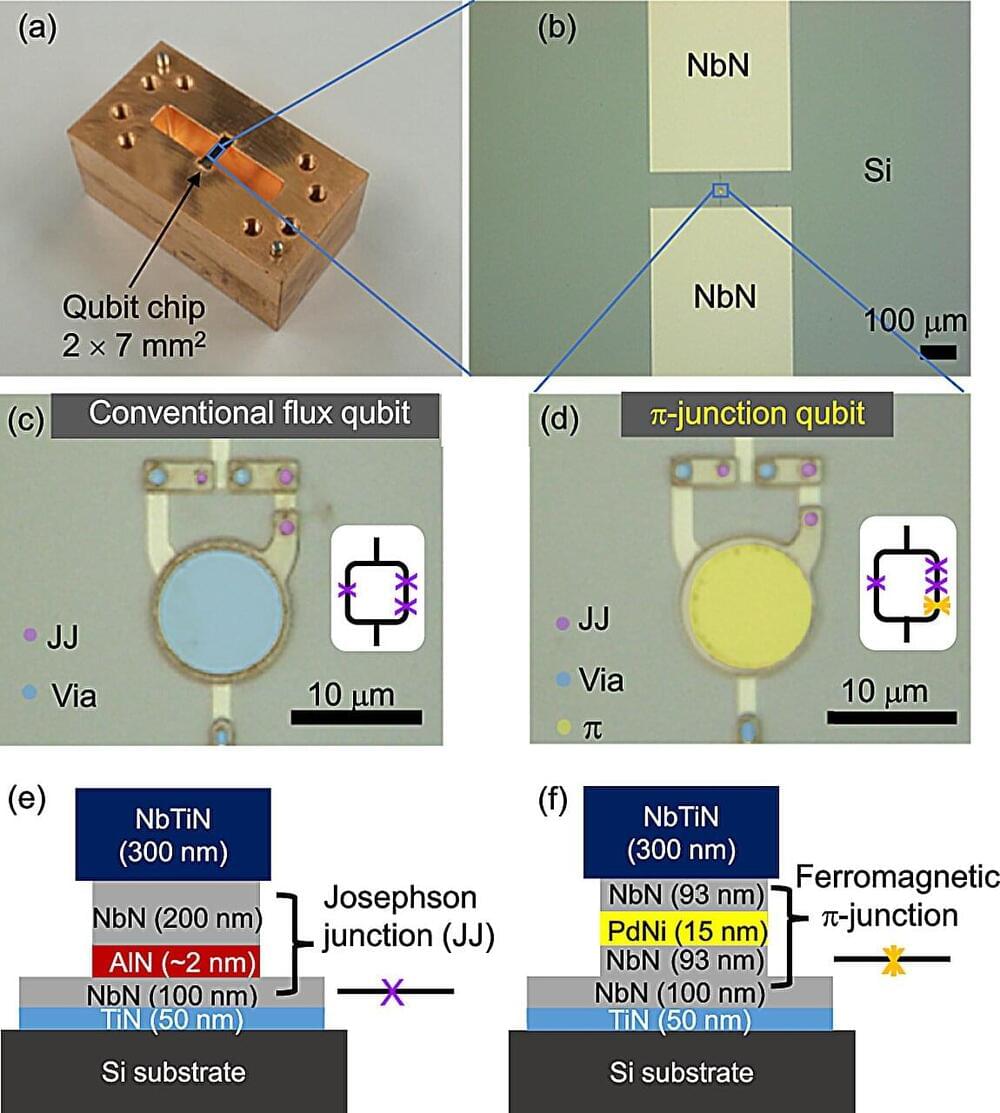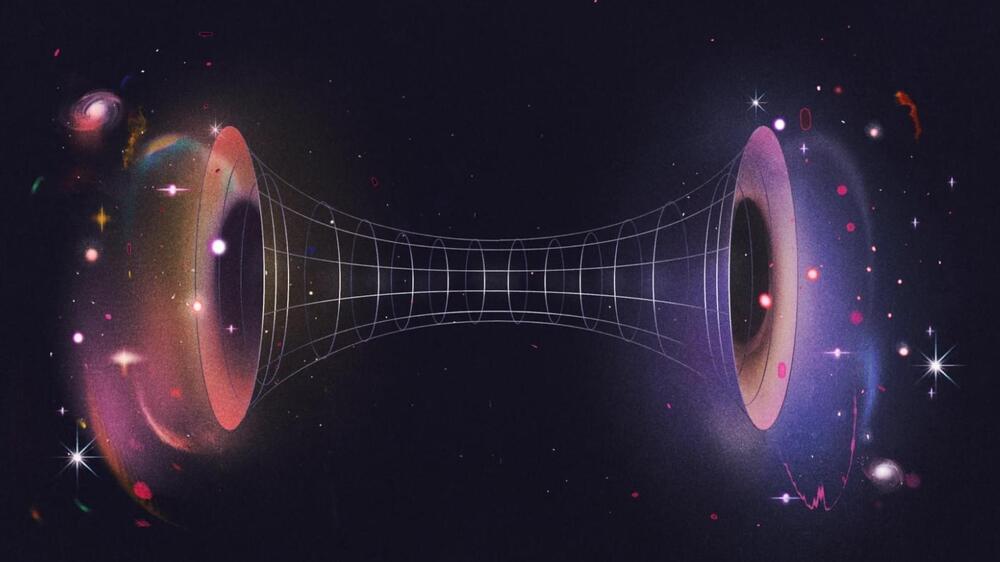Oct 17, 2024
A look into cloudy liquids: New method makes the expansion of turbid drops in water visible
Posted by Saúl Morales Rodriguéz in category: particle physics
When driving though a bank of fog, car headlights are only of limited help as the light is scattered by the water particles suspended in the air. The situation is similar when you try to observe the inside of a drop of milk in water or the internal structure of an opal gem with the help of white light. In all these cases, multiple light scattering effects prevent examination of the interior.


















